 10 April 2019
Ring of fire around black hole revealed for first time
10 April 2019
Ring of fire around black hole revealed for first time
... held around the world, scientists reveal what is likely to be one of the biggest shadows ever imaged – that of a supermassive black hole. The stunning picture, which represents 'a huge breakthrough for humanity', has been made possible by the Event...
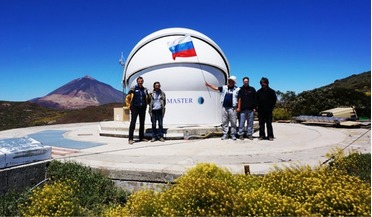 February 2017
Global robotic network for monitoring near-Earth and outer space
February 2017
Global robotic network for monitoring near-Earth and outer space
... dual-star systems), eruptive variables (accretive white dwarves), active galaxy nuclei flashes (blazars, quazars, supermassive black holes), dual star systems of unknown origins, superfast flashes of stars of the UV Kit type (the dissipation of the...
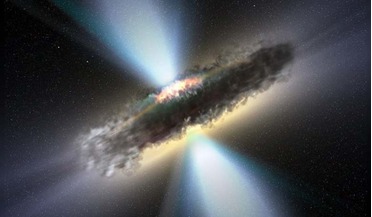 30 March 2016
Have astronomers found the signatures of the very first black holes formed through the collapse of gas clouds?
30 March 2016
Have astronomers found the signatures of the very first black holes formed through the collapse of gas clouds?
... bright quasars, (with luminosities ≥1047 ergs−1, at z ≃ 6*1) in the Sloan Digital Sky Survey (SDSS) suggests that some supermassive black holes (SMBHs) as massive as a few times 109 solar masses already existed when the Universe was less than...
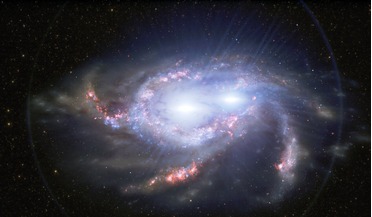 07 April 2021
Astronomers find a rare pair of double quasars in the early Universe
07 April 2021
Astronomers find a rare pair of double quasars in the early Universe
... less than four billions years old, these behemoth objects provide strong evidence for the existence of supermassive black hole pairs as well as a crucial insight into galaxy mergers in the early Universe. Lighting up the way to the heart...
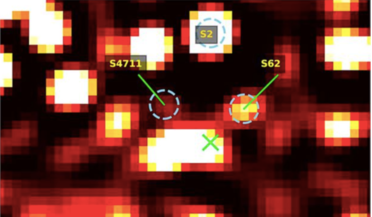 13 August 2020
Fastest star in the galaxy is found, and potentially its a “squeezar”
13 August 2020
Fastest star in the galaxy is found, and potentially its a “squeezar”
... of which takes just 7.6 years to orbit the supermassive black hole at the centre of our galaxy and the other ...S2 made headlines when it helped scientists establish that a super massive black hole with a mass of about 4 million suns was was hiding at ...
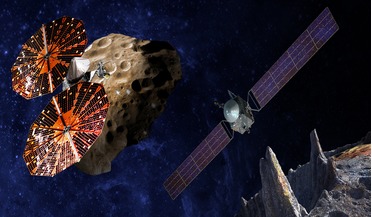 06 January 2017
NASA selects three new missions to study the early solar system and energetic X-rays from black holes
06 January 2017
NASA selects three new missions to study the early solar system and energetic X-rays from black holes
... at a cost of $188 million, IXPE will look at the turbulent and extreme environments of phenomena such as stellar and supermassive black holes, neutron stars and pulsars. The one thing these objects have in common is an abundance of high energy X-ray...